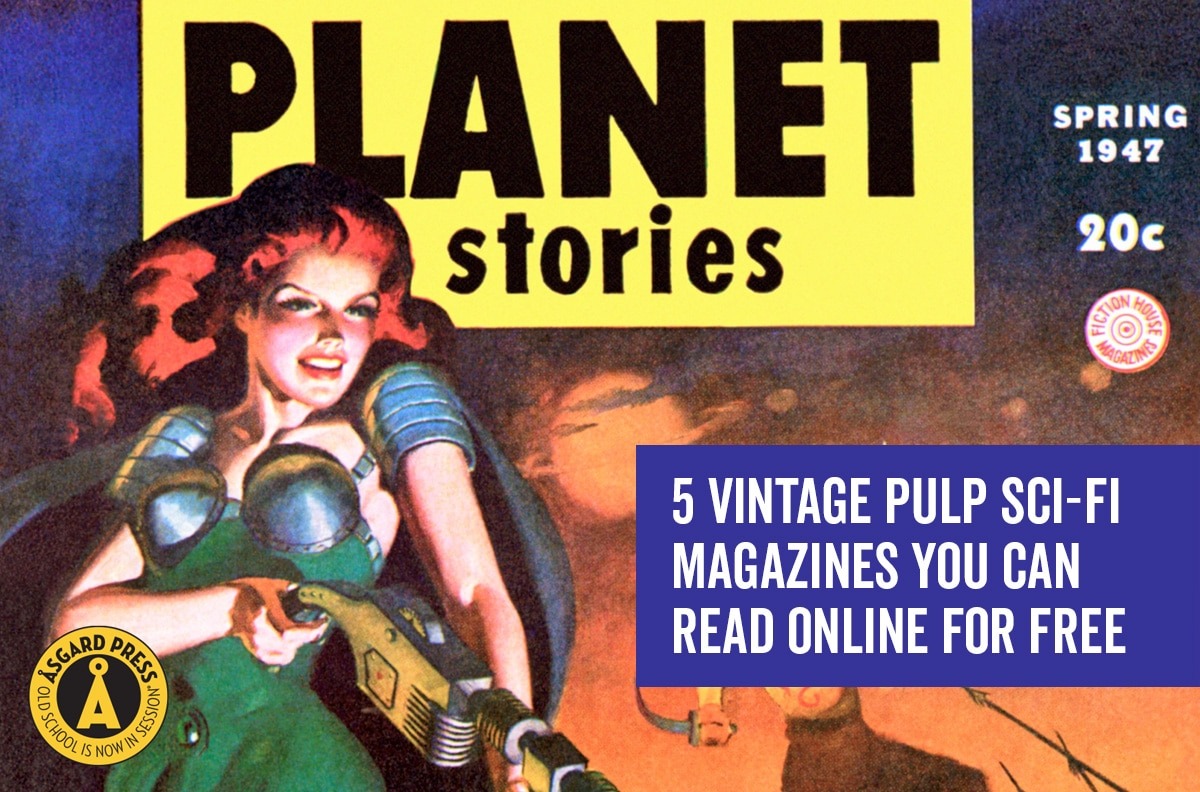5 Vintage Pulp Sci-Fi Magazines You Can Read Online for Free
The first American science fiction magazine, Amazing Stories, was published in 1926 by Hugo Gernsback and began the Golden Age of pulp sci-fi. Today, science fiction magazines are often published online or aggregated into book format. However, the early issues of the pulp sci-fi genre are prized by collectors for both their stories and their imaginative illustrations. Within the pages of these vintage publications, readers can find early stories written by now-famous authors as well as tales penned by writers at the peaks of their careers. These issues are also valued for their colorful and often exotic cover illustrations featuring aliens, space travel, and the ever-present damsel-in-distress. Take a tour of these other-worldly realms as you peruse these five vintage pulp sci-fi magazines you can read online for free.
Air Wonder Stories #1, July 1929
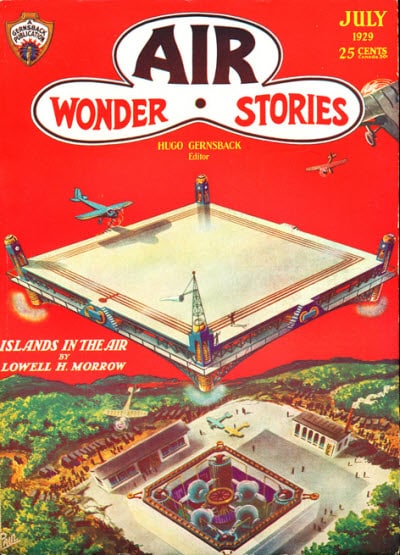
Air Wonder Stories was created by Hugo Gernsback in 1929. In 1930, the magazine was retitled Wonder Stories, then in 1936 after being acquired by Beacon Publications, it became Thrilling Wonder Stories. Gernsback also edited and published what is considered to be the first science fiction magazine, Amazing Stories, in 1926. His significant contributions to the genre led the World Science Fiction Convention to name their annual awards the “Hugos.”
Astonishing Stories #1, February 1940
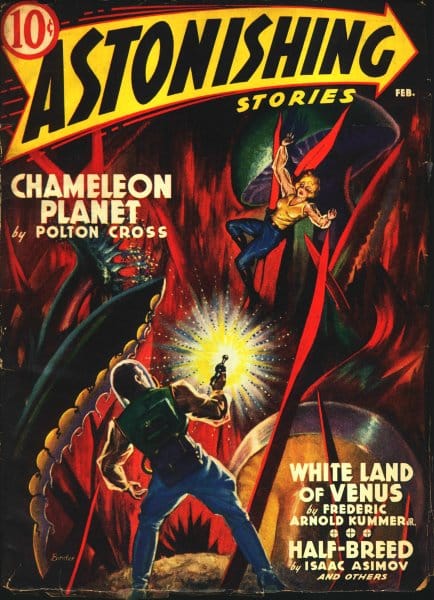
The relatively short-lived Astonishing Stories was published by Popular Publications between 1940 and 1943. This low budget publication attracted literary talent by hiring up-and-coming and unknown authors. Some of these writers, such as Isaac Asimov, subsequently became very well known. Though low-paying, pulp historians generally agree that the material within the pages of Astonishing Stories was good quality and well-received. Unfortunately, a World War II paper shortage ended the prospects of this magazine.
Captain Future, Fall 1942
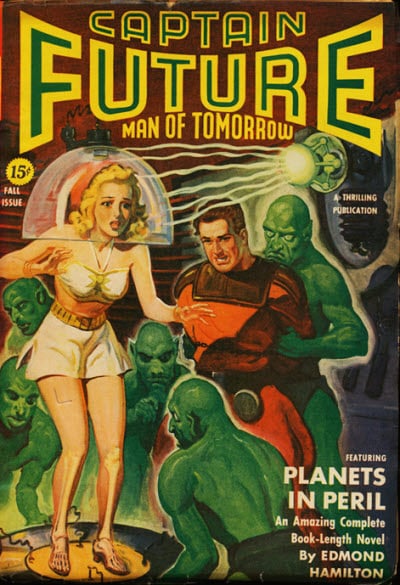
Captain Future debuted in 1942, edited by Mort Weisinger under Better Publications. The magazine is known as a “hero pulp,” with each issue delivering a novel focusing on the fictional Curt Newton, who, along with his associates, regularly saves the solar system, and sometimes the whole universe, from a super villain. Although World War II paper shortages also led to the demise of Captain Future, novels featuring the main character resurfaced in the pages of Startling Stories.
Planet Stories, Spring 1947
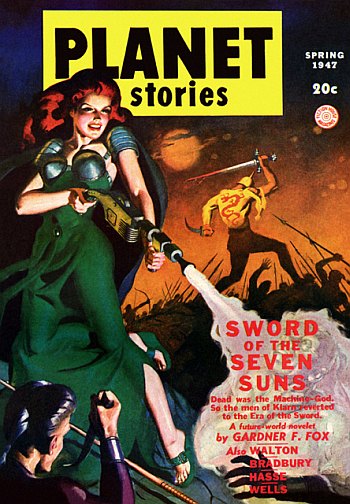
Known for provocative covers featuring damsels in distress, Planet Stories was published by Fiction House between 1939 and 1955. The magazine was marketed to a younger audience and contained stories known as “space opera,” characterized by battles, romance, and high adventure. Over time, the quality of the magazine’s writing improved, due to contributions by writers such as Ray Bradbury and Leigh Brackett. Within the pages of Planet Stories, a female character was just as likely to fight off an attacker as to sit back and await rescue.
Startling Stories, Summer 1945
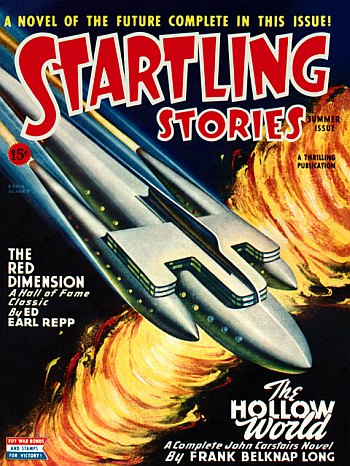
Ned Pines’ Standard Magazines published Startling Stories between 1939 and 1955, and focused on a juvenile audience until 1945, when high-quality authors such as Arthur C. Clarke began contributing stories to a more mature publication. Startling Stories was a popular magazine in the “space opera” genre, featuring futuristic fantasies and with covers mostly illustrated by celebrated sci-fi artist Earle K. Bergey. The publication met its demise in 1955 after distributor American News Corporation faced a strike and the magazine remained in warehouses, causing major financial losses for Standard Magazines.
If you would like to see more vintage pulp sci-fi magazine covers, we’ve collected 13 fantastic images in our 2024 Vintage Sci-Fi Calendar. Take a look here.

